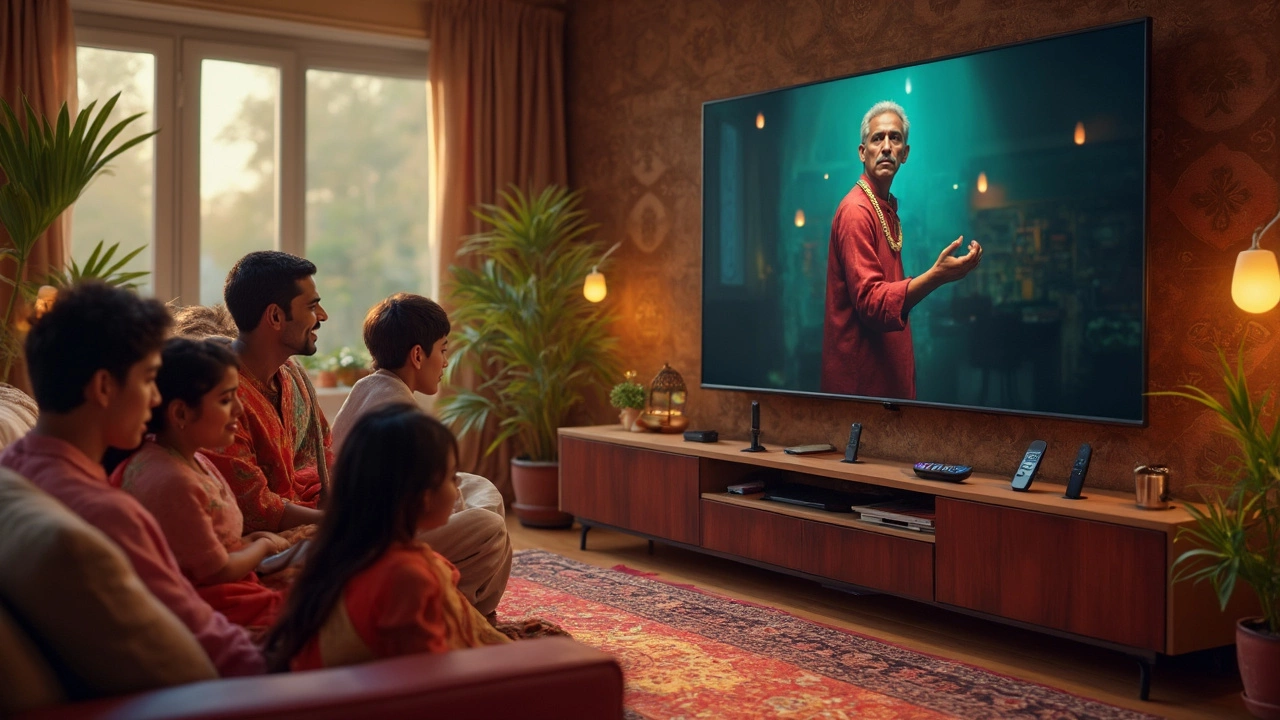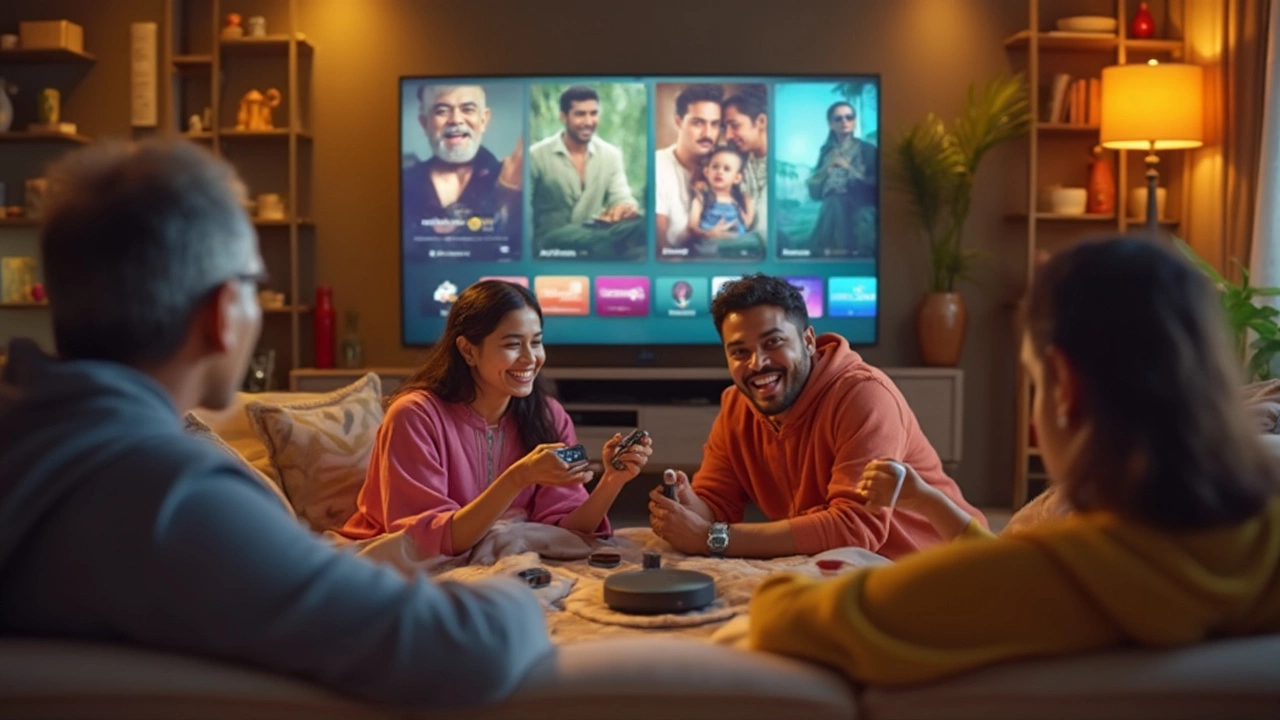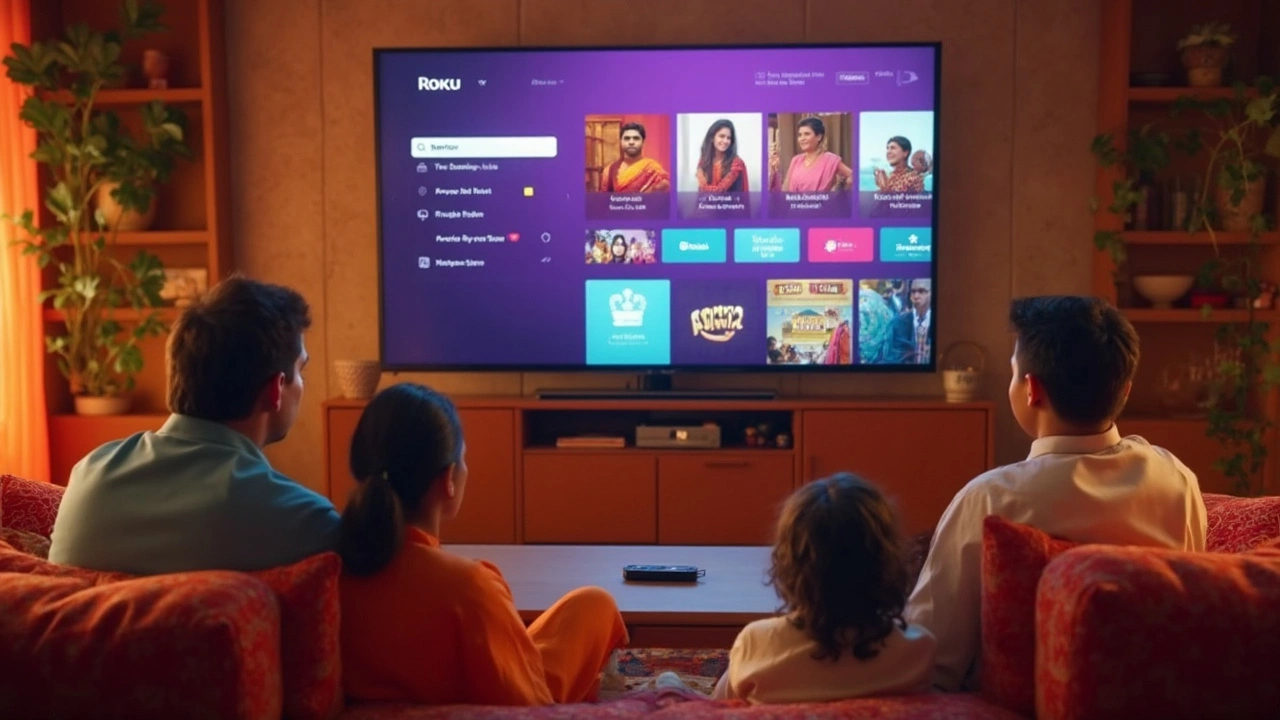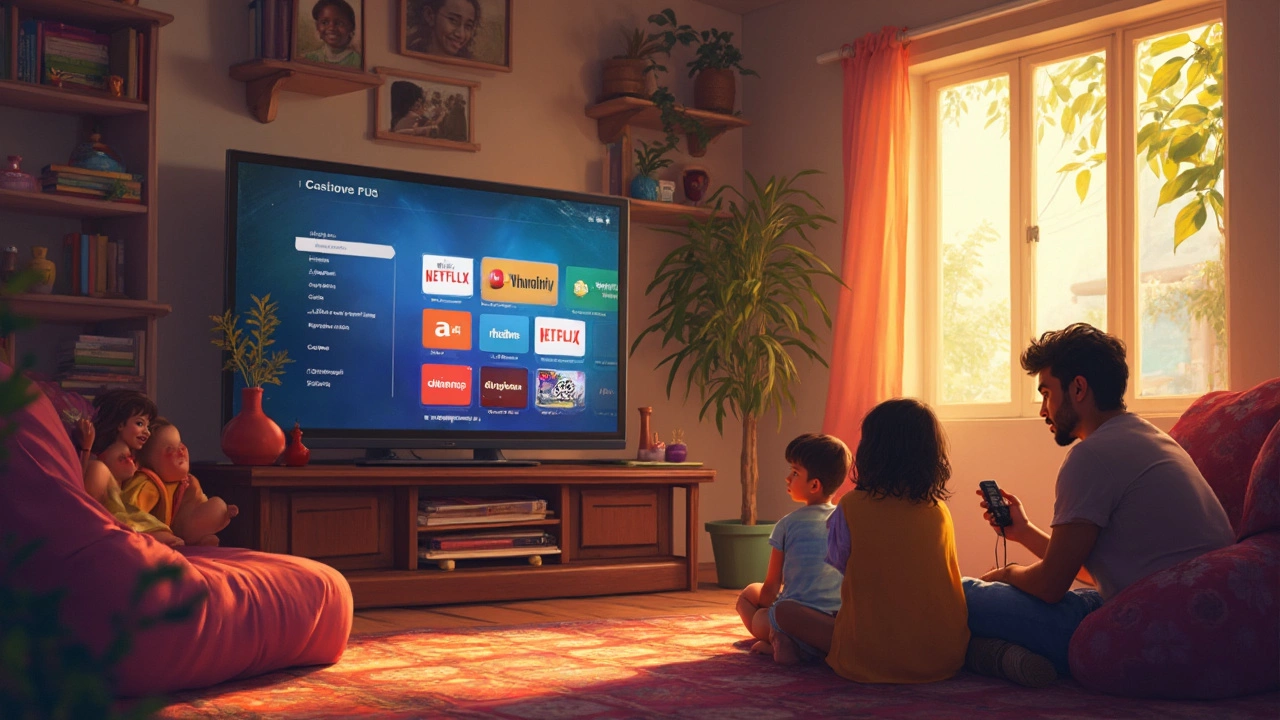Tag: Roku

30
May
Best Device for Smart TV: Making the Right Choice
This article helps you figure out which device works best for turning any TV into a smart TV. It breaks down all the top picks, like Roku, Apple TV, Chromecast, and more. You'll find simple explanations of each device’s strengths, real-life tips, and the must-know differences. The article compares practical features like remote control tricks, voice assistants, and family-friendliness. By the end, you’ll know which smart TV device will work best for your needs at home.

23
May
What is the #1 Streaming Device? Find Out Which Tops Smart TV Living Rooms
Cut through the noise and find out which streaming device is really on top. This article compares the biggest names and digs into what actually makes a streaming gadget rise above the rest. You’ll get fun facts, surprising features, and clear reasons for why the winner stands out. Plus, some handy tips for picking the right gadget for your own setup. Dive in to make sure your next binge session doesn’t disappoint.

9
Mar
Roku vs. Smart TVs: What's the Real Difference?
Roku offers a distinguished experience even if you own a smart TV. While smart TVs can stream content directly, Roku provides a more intuitive interface, wider app selection, and better software updates, enhancing viewing pleasure. Dive into the reasons behind Roku's popularity and discover how it elevates your home entertainment setup. Explore whether it's worth adding Roku to your smart TV arsenal and learn tips to maximize streaming efficiency.

5
Feb
Roku Downsides: What Smart TV Users Need to Know
Roku is popular for its wide-range of streaming channels and easy-to-use interface, but there are some downsides that potential buyers should consider. From occasional technical glitches to privacy concerns, understanding the limitations of Roku can help consumers make informed decisions. This article explores the major drawbacks of using Roku, including app compatibility issues and potential hidden costs. It provides insights into the user experience and tips on how to mitigate some common problems. Whether you're a new or existing Roku user, this information could help you maximize your streaming experience.